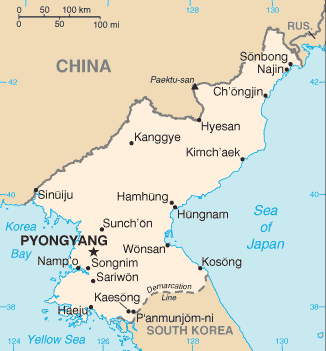In November of 1983, NATO conducted a military exercise called Able Archer in Europe, simulating escalation of tensions with the Soviet Union culminating a nuclear war. This came at a time when NATO-Soviet tensions were on the rise, and many Soviet leaders were convinced the drill was a ruse to disguise a genuine nuclear first strike by NATO, bringing the world close to a full-scale nuclear war.
 Today, the US and South Korea are conducting a military exercise simulating an escalation and attack on North Korea, and much as in 1983, this comes smack in the middle of escalating tensions, and very real concerns echoed by North Korea and others that the US is on the verge of attacking outright.
Today, the US and South Korea are conducting a military exercise simulating an escalation and attack on North Korea, and much as in 1983, this comes smack in the middle of escalating tensions, and very real concerns echoed by North Korea and others that the US is on the verge of attacking outright.
North Korean officials were particularly unhappy with the US deploying B-1B Lancer bombers as part of the drill, saying the bombers were carrying out exercises they interpret as simulating dropping nuclear weapons. North Korea warns that the move is a massive provocation and risks sparking a nuclear war on the Korean Peninsula.
US officials have presented the deployment as a “show of force,” which South Korea insisted that annual exercises simulating an invasion and destruction of North Korea, amounts to “deterrence” against a North Korean attack.
Of course, both sides have long had myriad excuses for doing what they do, but with US and North Korean officials both reserving the right to “preempt” the other with a first strike, the tit-for-tat exercises simulating the start of a massively destructive war risk greatly increasing the chance one side or other will decide war is inevitable and try to strike first.


